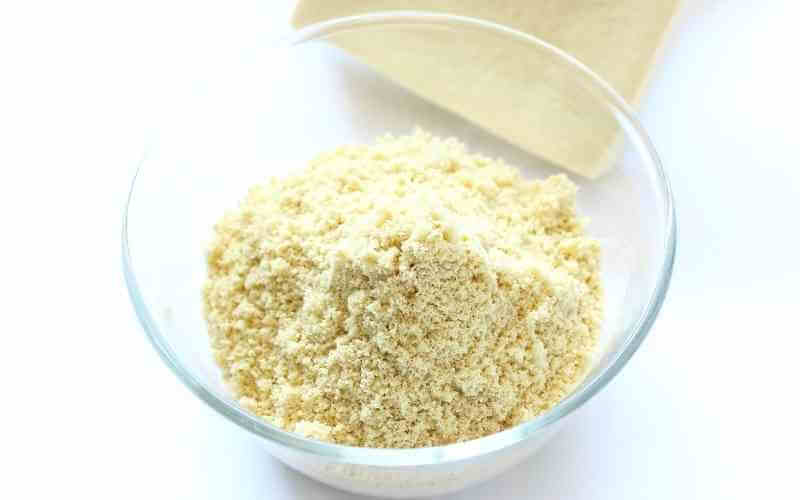Are you itching to make some gluten-free recipes but you don’t have soy flour? Do you wish to have a substitute for soy flour in a gluten-free recipe?
Well, bravo! By the end of this guide, you would learn all there is to know about substitutes for soy flour in a gluten-free recipe. So you can get that recipe served!
Soybean, also known as soya beans, is an excellent edible bean that has many purposes. This bean is naturally gluten-free and is loaded with antioxidants and phytonutrients that help to fight health issues.
Soybean is a type of legume; it is ground into fine powder to make soy flour. However, it is not the same as soy powder. The products of soybeans also include soy milk, soy flour, soy protein, and tofu. And all have a great nutritional profile and amazing health benefits.
Without further ado, let’s dive right into these substitutes.
Contents
Substitutes for soy flour in a gluten-free recipe
1. Buckwheat flour
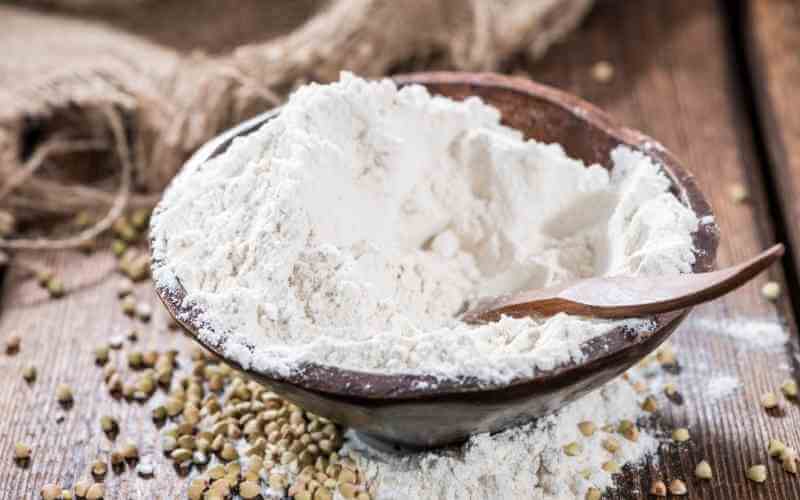
Buckwheat is also called beech wheat or kasha. It is a cereal crop that does great in many recipes. Buckwheat is filled with benefits. Above all, it is an excellent substitute for soy flour in gluten-free recipes, especially in baking.
And there is no joy in replacing food supplements with another that is almost similar to them. Buckwheat flour is one of the excellent substitutes that are gluten-free. This flour is related to the rhubarb plant. The grain is also versatile, so it can substitute for soy flour.
The nutritional profile is high, as the flour is high in fiber and is an excellent source of protein. Be careful though, buckwheat has a strong flavor that can be overwhelming if you add too much of it.
2. Legumes flour
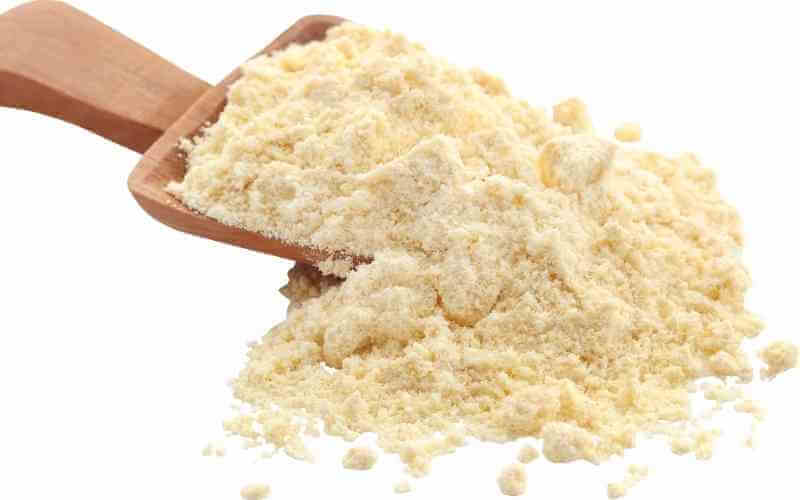
You don’t have to be skeptical anymore because you are worried about the flavor of any substitute altering the taste of your recipe.
Since soybean is a type of legumes, other beans from legumes would be terrific substitutes for soy flour. This flour is great for baking and would not affect the taste of your recipe.
This is especially good if you need a recipe that is slightly nutty with some traces of bitterness in it, just like soy flour. To explore legumes option check out, besan flour, and urad flour.
So legumes are perfect substitutes for soy flour in a gluten-free recipe.
3. Rice flour

Isn’t amazing how rice would make a full course meal, fit as a side dish and still replace some recipes? Rice; whether brown rice or white rice is an excellent source of fiber, protein, and other nutritious benefits that we cannot ignore.
Above all, rice in its natural form is gluten-free, so if you are on a gluten-free diet get on with your recipes.
Rice flour is really versatile and can easily replace any flour that is gluten-free in any recipe. You can bake some muffins, cakes, cookies, and a lot of other recipes with rice flour. So it is indeed the best substitute for soy flour.
Worried about the taste? Fret not! Rice flour has this mild, nutty, and subtle flavor that allows for other ingredients to sit fine in any recipe it gets in.
4. Quinoa flour
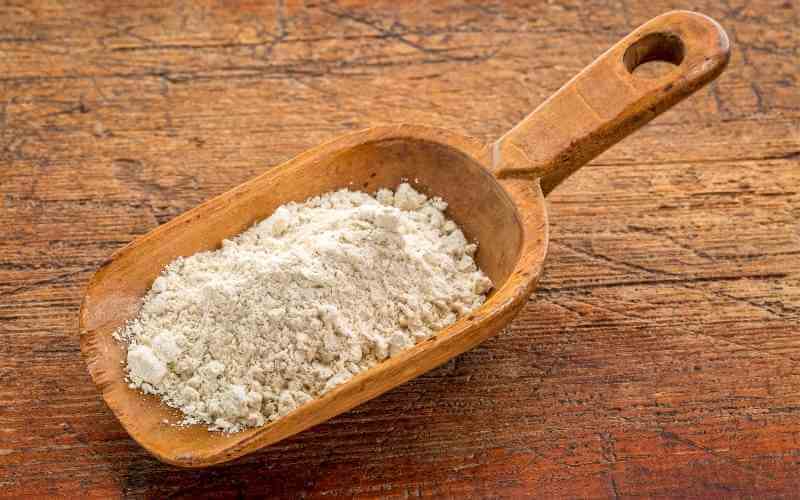
Quinoa is one of the flowering plants that does chiefly well in replacing most grains like rice in a lot of recipes. Quinoa is from the amaranth family that would easily substitute any other meal in any recipe that calls for it.
Quinoa flour is a product of quinoa it is a gluten-free flour that is fit for baking. The mild and slight flavor is not overpowering. So if you are worried that adding it to your recipe would alter the taste of your meal, try it out.
If you want a substitute for soy flour in a gluten-free recipe, well, here it is!
5. Lupin flour
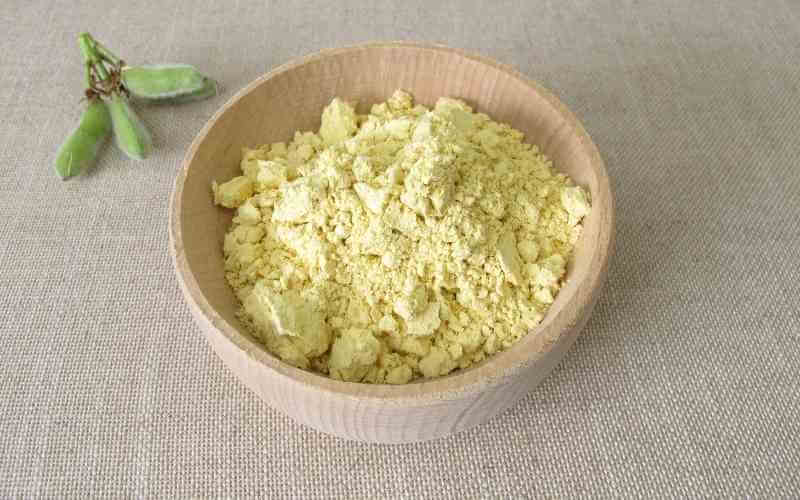
Really, this flour is gaining popularity in the keto world because it is keto-friendly. Lupin is made from lupine beans. It is like a quinoa high in protein and offers a plethora of benefits for all and sundry.
It is gluten-free and is a great substitute for soy flour. Some of the make have this starchy taste. Use lupin flour to bake some like chocolate chips. It wonders when you add it to your cake recipe too!
It has a slightly bitter taste which is like soybeans. So if you don’t want to go extreme with a sweet taste, then go for lupin.
6. Coconut flour
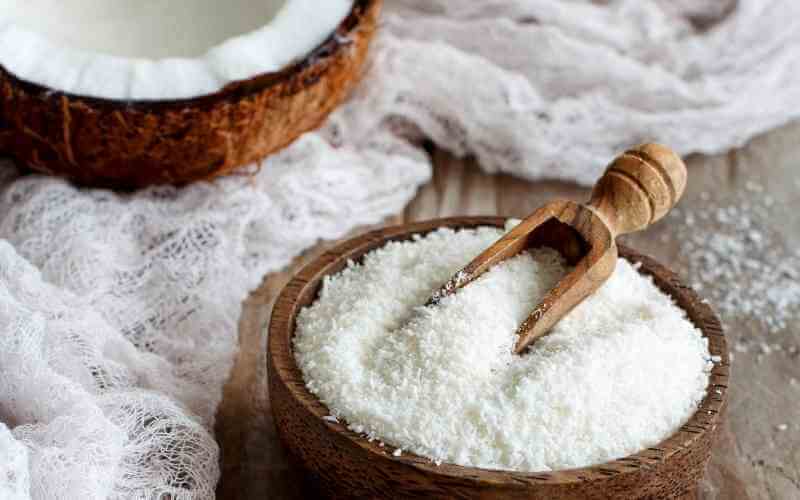
Renowned for its taste and irreplaceable fragrance, coconut flour is an excellent flour for baking. Although it would do great as a thickening agent, it would absorb a lot of water. So whatever you choose to use it for, try to adjust the ingredients.
Coconut flour is an excellent substitute for soy flour, however, if you won’t need so much flavor from it, add small amounts at a time until you are satisfied.
7. Almond flour
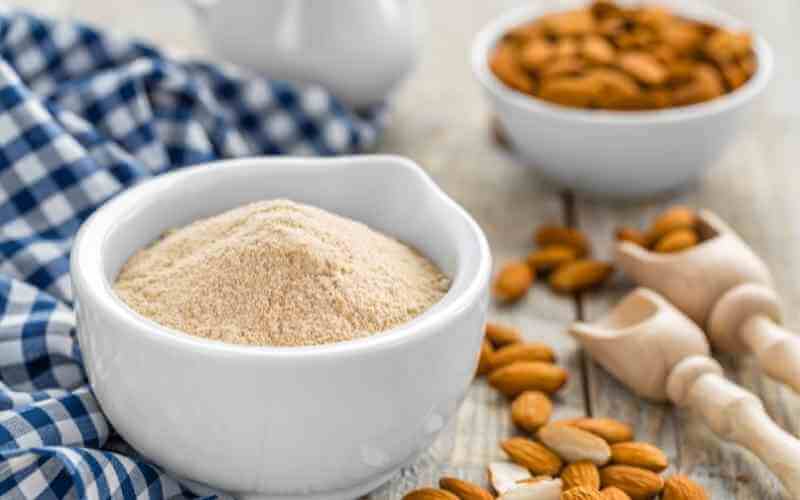
If you need to achieve great moisture and some fluffy texture, then try almond flour. Almond is gluten-free and especially great for baking.
This flour is known for its high moisture. Above all, it is thick and would require you to add, and eggs to it. This would help you get a more consistent result.
Almond flour has a light nutty flavor that is quite adjustable. So call it another great substitute for soy flour in a gluten-free recipe.
8. Chickpea flour
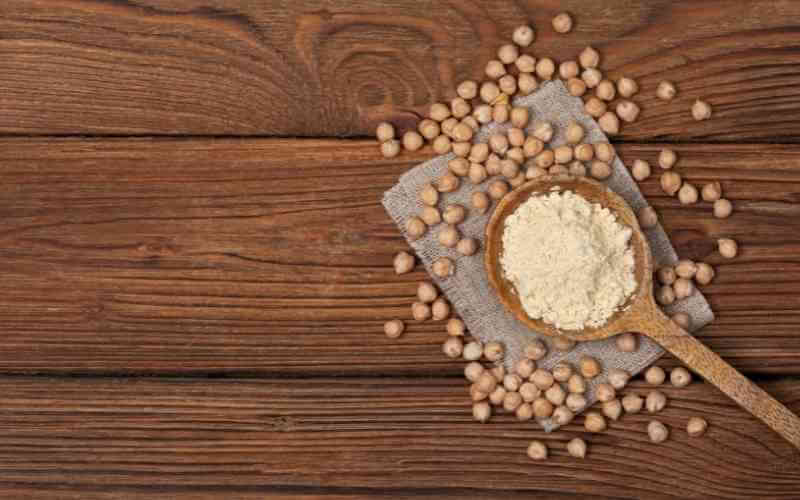
Chickpea flour is gluten-free and has enough proteinous properties. So if you are looking forward to increasing the protein content of your recipe, then chickpea is good.
It has savory that adaptable, it would not alter the taste of your meal. So chickpea flour is a wonderful replacement for soy flour when it’s time to bake you some good food!
These are excellent substitutes for soy flour in gluten recipes.
In case you don’t mind settling for non-gluten-free flour, here are a few to look into; wheat flour, and all-purpose flour. They are super great or baking too!
Read: 9 Best Substitutes For Cassava Flour
Conclusion
Now you know that finding substitutes for a soy flour gluten-free recipe is not tasky. To get a rewarding result, it is best you know the right amount of flour to add to your recipe.
Remember, buckwheat and coconut flour are great substitutes, but they have a strong flavor that can overshadow other ingredients. And unless you want the taste, do not add too much of it.
Ensure you check your recipes before adding any of these substitutes into your recipe. Hopefully, you make a brilliant choice.
